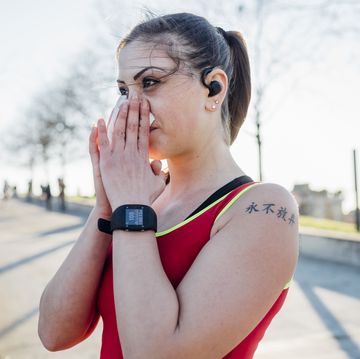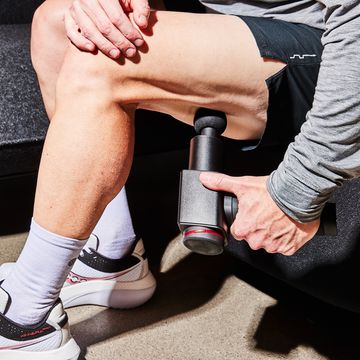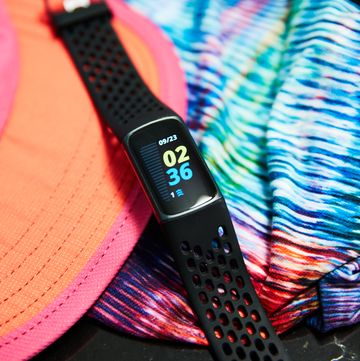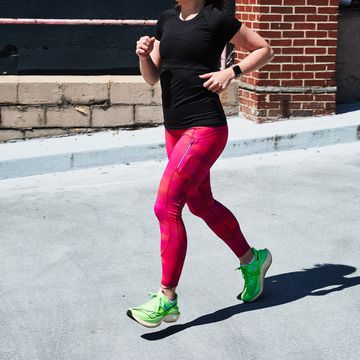Here's a riddle, courtesy of Mayo Clinic researcher and blogger Michael Joyner. If you tally up the usual cardiovascular benefits of aerobic exercise -- things like lowering blood pressure and improving cholesterol profile -- and then compare them to the actual rate of heart disease among exercisers, you find that exercise is about twice as protective as it "should" be. What's the missing factor that we're not taking into account?
A big factor appears to be how well your blood vessels work: their compliance (how flexible/stiff they are) and their endothelial function (how well the inner lining of your blood vessels responds to changing needs by dilating and contracting, for example). That's the topic of last year's American Physiological Society Edward F. Adolph Lecture, by Douglas Seals of the University of Colorado, which has just been published in the Journal of Applied Physiology (along with an accompanying editorial by Joyner). There's a growing pile of evidence that (a) vessel function is extremely important for things like maintaining heart rate variability and avoiding arrhythmias, and (b) exercise is an extremely powerful way of preserving vessel function as you age.
As Joyner points out, masters athletes provide a perfect real-world laboratory to observe "what might be described as aging in the absence of physical inactivity" (a relatively rare phenomenon in developed countries these days):
For many organ systems comparison studies between younger and older athletes can shed light on minimal rates of aging. For example the age-related decline in peak heart rate is only minimally affected by lifelong training (12). By contrast, vascular function [i.e. how well your blood vessels work] is largely preserved (5,10,11). These studies help solve the problem that aging is frequently studied in the context of one or more co-existing diseases that are associated with aging but by no means an obligatory part of it.
Here's a glimpse at some data from Seals's lecture. This is the carotid artery compliance for young non-exercisers compared to older aerobic exercisers and non-exercisers:
You can't stop the sands of time completely, but the older exercisers avoid about half the age-related loss that hits their sedentary peers. Moreover, you don't have to exercise for your whole life to see the benefits (don't tell this to young people, though). Even people in late-middle-age or older who've been sedentary their whole lives see significant gains in arterial compliance after 12 weeks of brisk walking.
Another tidbit compares the effects of different exercise modalities on carotid artery compliance compared to age-matched sedentary controls:
Doing just resistance training with no aerobic exercise doesn't look like a great option for this particular outcome measure. Interestingly, though, rowers (who are typically considered to do a mix of resistance and aerobic work) fare very well. So as long as you're doing some aerobic exercise, you don't need to worry about negative effects from resistance training.
So what else can you do to optimize arterial health? Dietary nitrate! Yep, beet juice (has it really been several months since I've written about it?) and leafy greens are another good option to boost levels of nitric oxide that helps your vessels dilate and contract as needed.
***
Read the Sweat Science book, and follow the latest posts via Twitter, Facebook, or RSS.














